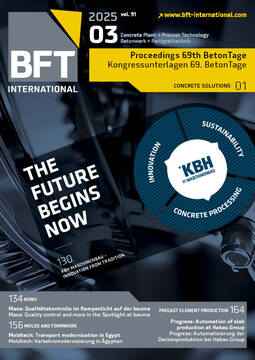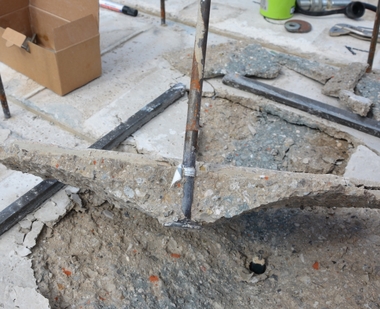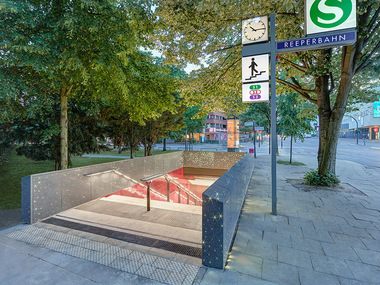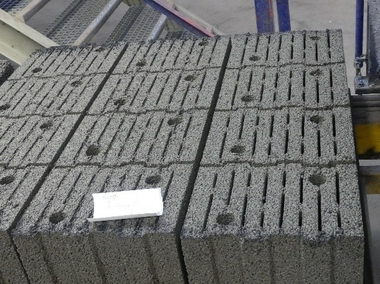Using recovered and recycled mineral aggregates in precast elements – The new FDB Code of Practice
Conserving our natural resources effectively is one of the most important socio-political goals of our time. This includes meeting the demand for materials in the construction industry in a way that conserves resources and protects the environment to the greatest possible extent.
Potential uses of recovered and recycled mineral aggregates depend on their material composition and structural and environmental characteristics. Crushed concrete has a proven track record both as unbonded fill in road construction and as coarse aggregate in concrete. Primary raw materials are replaced in both applications. However, in terms of a closed-loop economy and genuine recycling, it is desirable to reuse concrete rubble in its original application, i.e. in concrete.
DIN EN 12620 specifies the requirements for aggregates to be used in concrete production. DIN 4226-101 categorizes usable recycled aggregates as follows:
Type 1: crushed concrete (at least 90% concrete rubble)
Type 2: building rubble (crushed concrete with up to 30% masonry)
Other compositions (types 3 and 4) may only be used with separate proof of suitability, such as a national technical approval.
Several aspects must be considered to fully achieve the objective of resource conservation associated with the use of recycled aggregates:
Their use must be planned in advance and coordinated with the concrete plant.
The recycled material must be available continuously and meet the required quality standard.
The recycled material must be non-hazardous in terms of pollutants and impurities as well as leaching.
Transport distances between the source, the recycling site, and the concrete plant should be as short as possible.
The new FDB Code of Practice No. 15 governing the use of recovered and recycled aggregates in precast elements, published in January 2025, addresses these aspects summarizes applicable rules and guidelines, and provides practical examples and design approaches for resource-efficient structural concrete components.
Small-scale but consistent use of recycled aggregates at the precast plant can save considerable amounts of natural aggregates.






